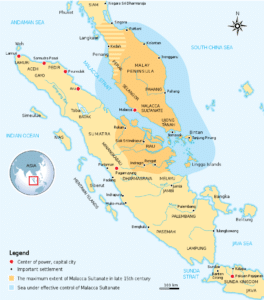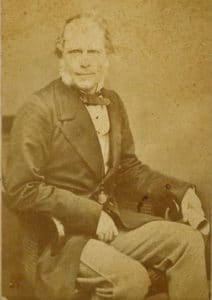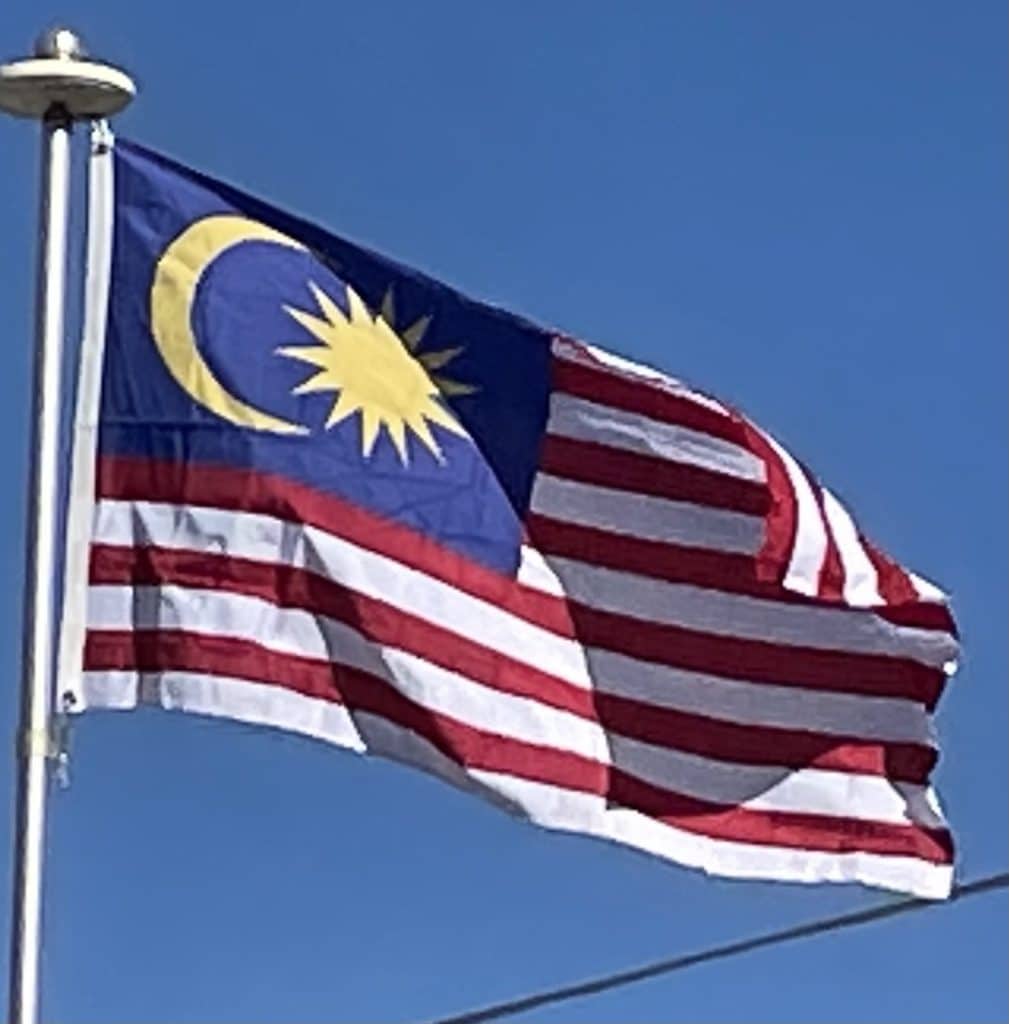
In 1511, Malacca was conquered by Portugal, after which it was taken by the Dutch in 1641. In 1786, the British Empire established a presence in Malaya, when the Sultan of Kedah leased Penang Island to the British East India Company. The British obtained the town of Singapore in 1819, and in 1824 took control of Malacca following the Anglo-Dutch Treaty. By 1826, the British directly controlled Penang, Malacca, Singapore, and the island of Labuan, which they established as the crown colony of the Straits Settlements. By the 20th century, the states of Pahang, Selangor, Perak, and Negeri Sembilan, known together as the Federated Malay States, had British residents appointed to advise the Malay rulers, to whom the rulers were bound to defer by treaty. The remaining five states in the peninsula, known as the Unfederated Malay States, while not directly under British rule, also accepted British advisers around the turn of the 20th century. Development on the peninsula and Borneo were generally separate until the 19th century. Under British rule the immigration of Chinese and Indians to serve as laborer’s was encouraged. The area that is now Sabah came under British control as North Borneo when both the Sultan of Brunei and the Sultan of Sulu transferred their respective territorial rights of ownership, between 1877 and 1878. In 1842, Sarawak was ceded by the Sultan of Brunei to James Brooke, whose successors ruled as the White Rajahs over an independent kingdom until 1946, when it became a crown colony.

In the Second World War, the Japanese Army invaded and occupied Malaya, North Borneo, Sarawak, and Singapore for over three years. During this time, ethnic tensions were raised and nationalism grew. Popular support for independence increased after Malaya was reconquered by Allied forces. Post-war British plans to unite the administration of Malaya under a single crown colony called the “Malayan Union” met with strong opposition from the Malays, who opposed the weakening of the Malay rulers and the granting of citizenship to the ethnic Chinese. The Malayan Union, established in 1946, and consisting of all the British possessions in the Malay Peninsula with the exception of Singapore, was quickly dissolved and replaced on 1 February 1948 by the Federation of Malaya, which restored the autonomy of the rulers of the Malay states under British protection. During this time, mostly Chinese rebels under the leadership of the Malayan Communist Party launched guerrilla operations designed to force the British out of Malaya. The Malayan Emergency lasted from 1948 to 1960, and involved a long anti-insurgency campaign by Commonwealth troops in Malaya. On 31 August 1957, Malaya became an independent member of the Commonwealth of Nations. After this a plan was put in place to federate Malaya with the crown colonies of North Borneo (which joined as Sabah), Sarawak, and Singapore. The date of federation was planned to be 31 August 1963 so as to coincide with the anniversary of Malayan independence; however, federation was delayed until 16 September 1963 in order for a United Nations survey of support for federation in Sabah and Sarawak, called for by parties opposed to federation including Indonesia’s Sukarno and the Sarawak United Peoples’ Party, to be completed.
